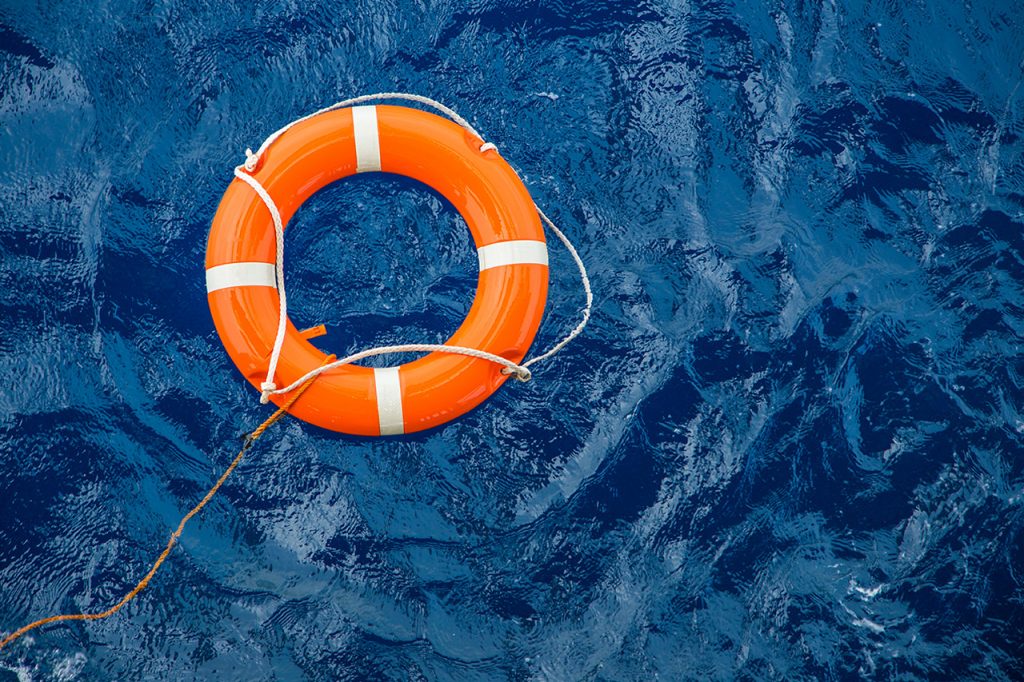
With the weather getting warmer people are starting to enjoy the water-based activity. Water actives are fun, but it’s essential to always be aware of the risks associated with swimming, both in the pool and in the ocean. As you get you and your loved ones ready to enjoy the summer keep these tips in mind to stay safe.
1. Keep your phone near. You can purchase a waterproof pouch to protect your
cell phone, but it’s always a good idea to keep your phone handy in case of
emergencies.
2. Before you go anywhere, stay up to date on the weather. Check for storms,
boating forecasts, and sea reports as it applies to your unique situation.
3. Keep an eye on your children. Be sure to keep a close watch over your
children during and after you’ve gone out to enjoy some fun at the pool or
beach. Young children are slightly more susceptible to dry drowning, so be sure
to know the symptoms and take note of any changes. Seek medical attention
immediately if you suspect your child may be in danger.
4. Be sure that children are wearing floatation devices. If an adult is a weak
swimmer, they should wear a flotation device as well. You are going to be on a
boat, be sure everyone has a life jacket and understands the proper use of one
and what to do in case of an emergency.
5. Swim in areas that are monitored by lifeguards. You are significantly safer
if you are swimming in an area monitored by a lifeguard.
6. Use sunscreen. Reapply sunscreen as needed to keep your skin safe.
7. Learn CPR. Sometimes what you know can make all the difference in the world
when it comes to another person’s life. Even if you aren’t the one actually
performing CPR, you can help glide another should they have to perform it. It
can be a tremendous help to a frantic person to have someone guide them through
the process.
8. Keep a well-stocked first aid kit. You never know when you or someone else
may be in need of first aid and having a properly stocked kit with waterproof
adhesives, medical tape, bandages wraps, and materials to splint and stabilize
broken bones is useful particularly if you are going to be on a boat.
9. Be aware of the warning flags. Warning flags are a little like traffic
lights in their meaning. It is important to take note of any warning flags and
what they mean. In general, a green flag is indicative of low hazards and
typically calm conditions. A yellow flag will generally mean a minimal risk is
present. A red flag usually means there is a high-risk hazard, such as strong
currents or high surf. When you see a red flag on top of another red flag, this
usually meant that the water is closed off to the public and swimming or
entering the water is not advised. Sometimes you may see a purple flag which
means dangerous marine life is in the water and swimming or entering the water
is ill-advised.
10. Rip currents. There are a few training courses out there that can properly
teach you how to deal with rip currents. It is best to know this information if
you plan on going to the beach. Rip currents have claimed the lives of many and
can be very dangerous, however, if you know what to do if you get caught in one
you should be fine. First and foremost, do not panic. Fear may cause you to
tense up, and it will cloud your thinking, making rational decisions difficult.
Do not swim against the current, as this will cause you to expend a lot of
energy, ultimately tiring you out. Instead, swim parallel to the shore and look
for a break in the current to swim back to shore. If you are not able to swim
back to shore, tread the water or float until you can break free. Draw attention
to yourself, wave your arms, and call for help.
Have fun and stay safe this summer!
